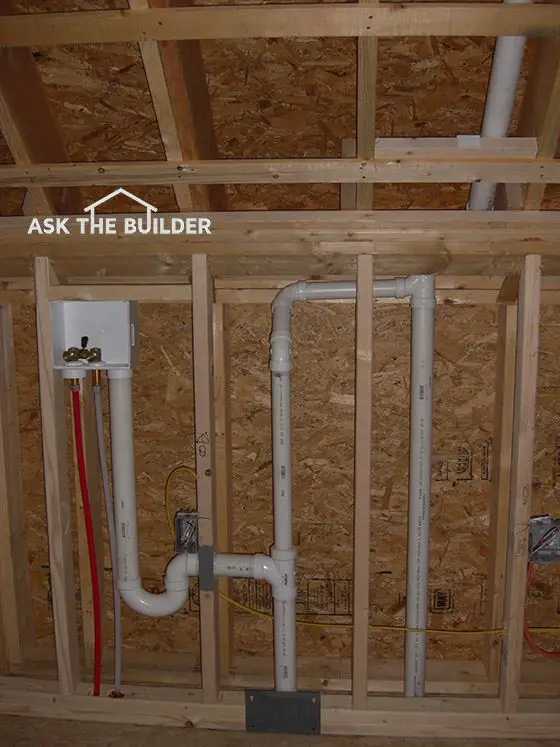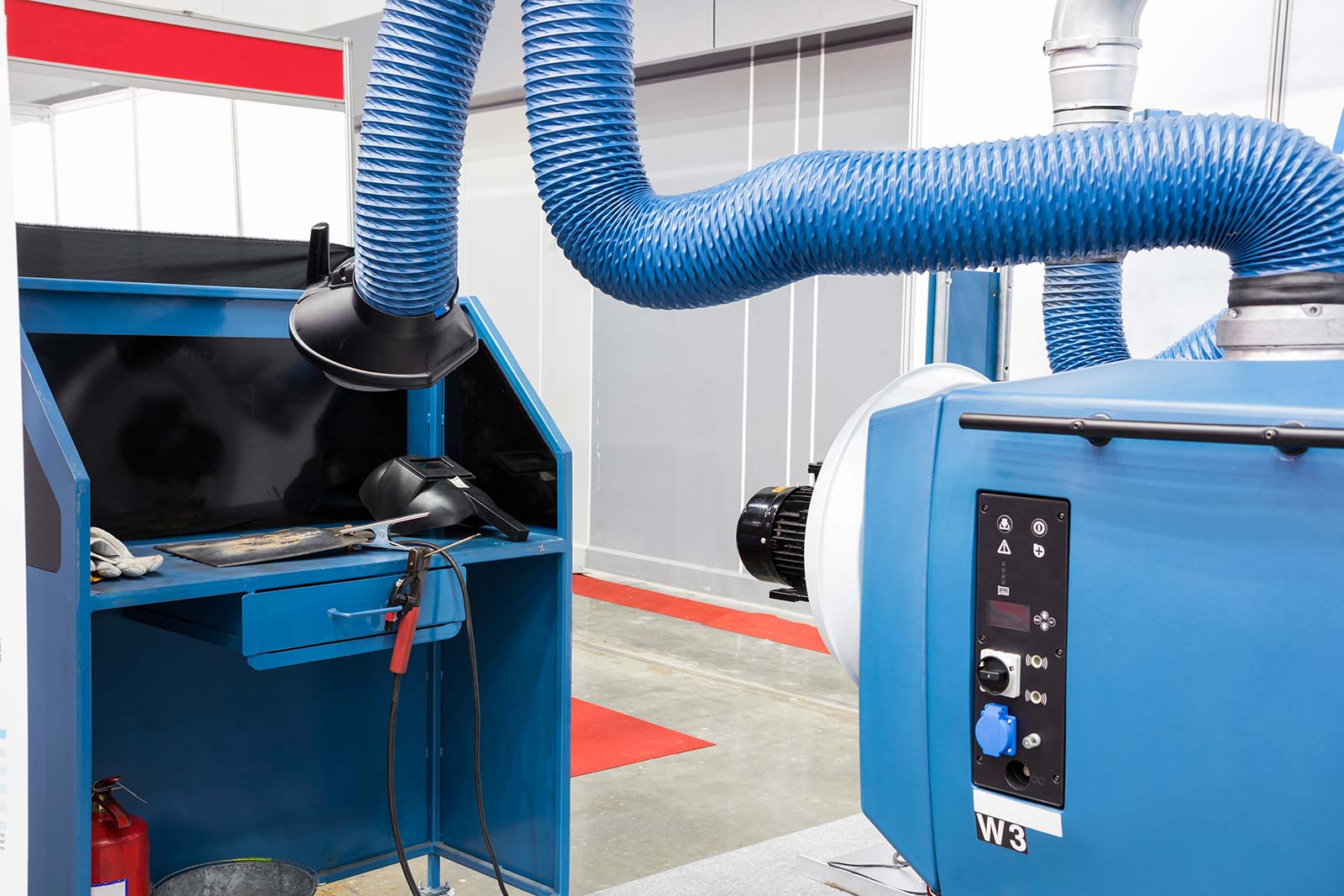Maintaining Correct Ventilation in Your Plumbing System: Why
Maintaining Correct Ventilation in Your Plumbing System: Why
Blog Article
They are making several good points relating to Why Plumbing Air Vents Are Important overall in this great article just below.

Proper ventilation in pipes systems is typically overlooked, yet it is crucial for keeping the functionality and safety of your home's plumbing. Air flow aids regulate air pressure, avoid the build-up of damaging gases, and make sure the effective elimination of waste. In this guide, we will discover the significance of correct plumbing ventilation, just how it functions, and the advantages it brings to your plumbing system.
Comprehending Ventilation in Plumbing
Air flow in pipes refers to the network of pipes that permit air to move via the drain system. These vents serve several objectives, including managing air pressure within the pipelines, stopping drain gases from entering the home, and aiding in the smooth flow of wastewater.
Just How Ventilation Works in Plumbing Solutions
Atmospheric Pressure Regulation
Appropriate air flow maintains well balanced atmospheric pressure within the pipes system. When water moves via pipes, it displaces air. Without sufficient air flow, this displacement can create negative stress, bring about slow drains or siphoning of water from traps, which can cause undesirable odors to permeate into the home.
Stopping Drain Gas Accumulation
One of one of the most crucial functions of pipes vents is to stop drain gases, such as methane and hydrogen sulfide, from building up within the home. These gases can present significant wellness threats and are highly flammable. Vent pipelines enable these gases to leave securely outside.
Assisting in Waste Removal
Air flow aids in the effective elimination of wastewater by stopping airlocks in the water drainage system. When air can move openly through the vents, it allows water and waste to stream efficiently with the pipes, reducing the danger of blockages and back-ups.
Types of Pipes Vents
Main Stack Vent
The major pile air vent, likewise called the air vent pile, is the key vent in a pipes system. It expands from the major drainpipe align through the roofing, allowing gases to escape and fresh air to enter the system.
Branch Vent
Branch vents attach to the main pile vent and offer private fixtures, such as sinks, bathrooms, and showers. These vents make certain that each fixture has adequate air flow to function properly.
Air Admission Shutoff (AAV).
An Air Admission Shutoff (AAV) is a one-way valve that enables air to get in the pipes system without the demand for a conventional air vent pipe expanding via the roof covering. AAVs are frequently used in improvements or locations where mounting a common vent is not practical.
Signs of Poor Ventilation in Pipes.
Slow Draining Fixtures.
If your sinks, tubs, or toilets are draining pipes gradually, it could be an indication of bad air flow. Insufficient air flow can develop a vacuum result, making it tough for water to drain effectively.
Gurgling Seems.
Gurgling sounds coming from drains pipes are usually a result of air being sucked through water traps because of unfavorable pressure in the pipelines. This is a clear sign of insufficient air flow.
Unpleasant Odors.
Sewer smells inside your home are a warning that your pipes system is not correctly aerated. This can imply that drain gases are not being properly vented outside, causing potentially dangerous conditions.
Common Ventilation Mistakes.
Inadequate Vent Sizing.
Making use of small vent pipes can result in poor air circulation and stress discrepancies in the system. It's vital to make use of vents that satisfy the details needs of your plumbing system.
Improper Vent Placement.
Positioning vents too much from the fixtures they serve can lower their efficiency. Appropriate positioning guarantees that air can stream freely and successfully via the system.
Ignoring Code Requirements.
Building regulations offer specific guidelines for pipes air flow. Overlooking these codes can result in a system that falls short to work correctly and may bring about costly repair work or carcinogen.
Advantages of Proper Ventilation.
Improved System Effectiveness.
Effectively aerated pipes systems run extra successfully, with less obstructions, faster draining pipes, and much less strain on the pipes. This effectiveness prolongs the life expectancy of the plumbing system.
Improved Air Top Quality.
By protecting against sewer gases from entering your home, correct air flow adds to far better indoor air top quality, making your living atmosphere healthier and extra comfy.
Stopping Water Damage.
Appropriate ventilation helps stop water from being siphoned out of traps, which can cause sewer gases entering the home and creating water damages gradually.
Steps to Ensure Correct Ventilation.
Consulting Pipes Codes.
Always seek advice from local plumbing codes when making or modifying your plumbing system. These codes supply the required standards for correct venting and ensure your system satisfies security criteria.
Regular Evaluation and Maintenance.
Routine examinations can help determine possible air flow issues before they come to be major troubles. Upkeep jobs, such as cleansing vent pipelines and looking for blockages, are crucial for maintaining the system in good working order.
Specialist Installment.
For new installments or major adjustments, it's important to hire a specialist plumbing. They have the knowledge to guarantee the air flow system is properly designed and mounted according to code.
Conclusion.
Appropriate air flow is a vital component of any type of pipes system, ensuring that it works efficiently and securely. By recognizing the importance of air flow, recognizing the signs of bad ventilation, and taking steps to maintain your system, you can prevent costly problems and secure your home's air quality.
Understanding the Role of Your Plumbing Vents in the Drainage System
The plumbing system in your home is more than just the kitchen sink, toilet, and bathroom. Some problems that arise within home plumbing are hard to detect because homeowners may not understand potential causes.
One part of the plumbing system that could cause you endless problems is the venting. The drain lines that run through your home and drain wastewater need proper venting to function properly. Faulty plumbing vents can lead to several problems that require the expertise of a plumber to check them out. Before finding experienced plumbing services, there are a few things to learn about plumbing vents.
Why vents are vital
Vents in the plumbing system lead to an outside area such as the roof or the back. The function of these vents is to keep sewer gases away from the drain pipes. They also establish seals in the drainage pipes that prevent the sucking back of waste gases into the home. Venting in the plumbing system also allows oxygen to get into the drainage system, which is an essential component in the breakdown of waste matter. The vents also ensure that the air pressure within the drainage system remains balanced, facilitating the flow of wastewater.
Possible problems
When the plumbing vents are problematic, one of the consequences is imbalanced water levels in the toilet. If you notice that the levels in the toilet bowl rise and fall all the time, then there may be something wrong with the vents.
Another issue is air bubble formation within the toilet. In most cases like these, the drain pipes are not receiving enough air. Lack of air pressure equalization is what leads to water flow problems. If you come across such issues in your home, make sure you call professional plumbers, such as the ones from Perfection Plumbing & Drain Cleaning Ltd.
Potential causes
Several scenarios can lead to some of the plumbing problems that homeowners suffer because of venting. One such scenario is the use of incorrectly sized vents. Usually, vents are the same size as the drain line to facilitate proper venting. Vents that are too small will lead to some plumbing issues. Another potential cause is fixtures that are not close enough to the vents. In this scenario, air forces itself through the traps of other fixtures, leading to gurgling sounds from toilets and sinks.
Most of these problems also happen with clogged vents. Tree leaves and debris can cause clogging when they make their way down a vent. Unclogging plumbing vents is a service that you can entrust to Saskatoon plumbers. They will know how to snake down vents and remove clogging stuck in fixtures.

I'm certainly very involved in What Is A Plumbing Vent & How Do They Work? and I hope you appreciated our entry. So long as you appreciated our blog entry kindly do not forget to pass it around. Thank you so much for going through it.
Website Report this page